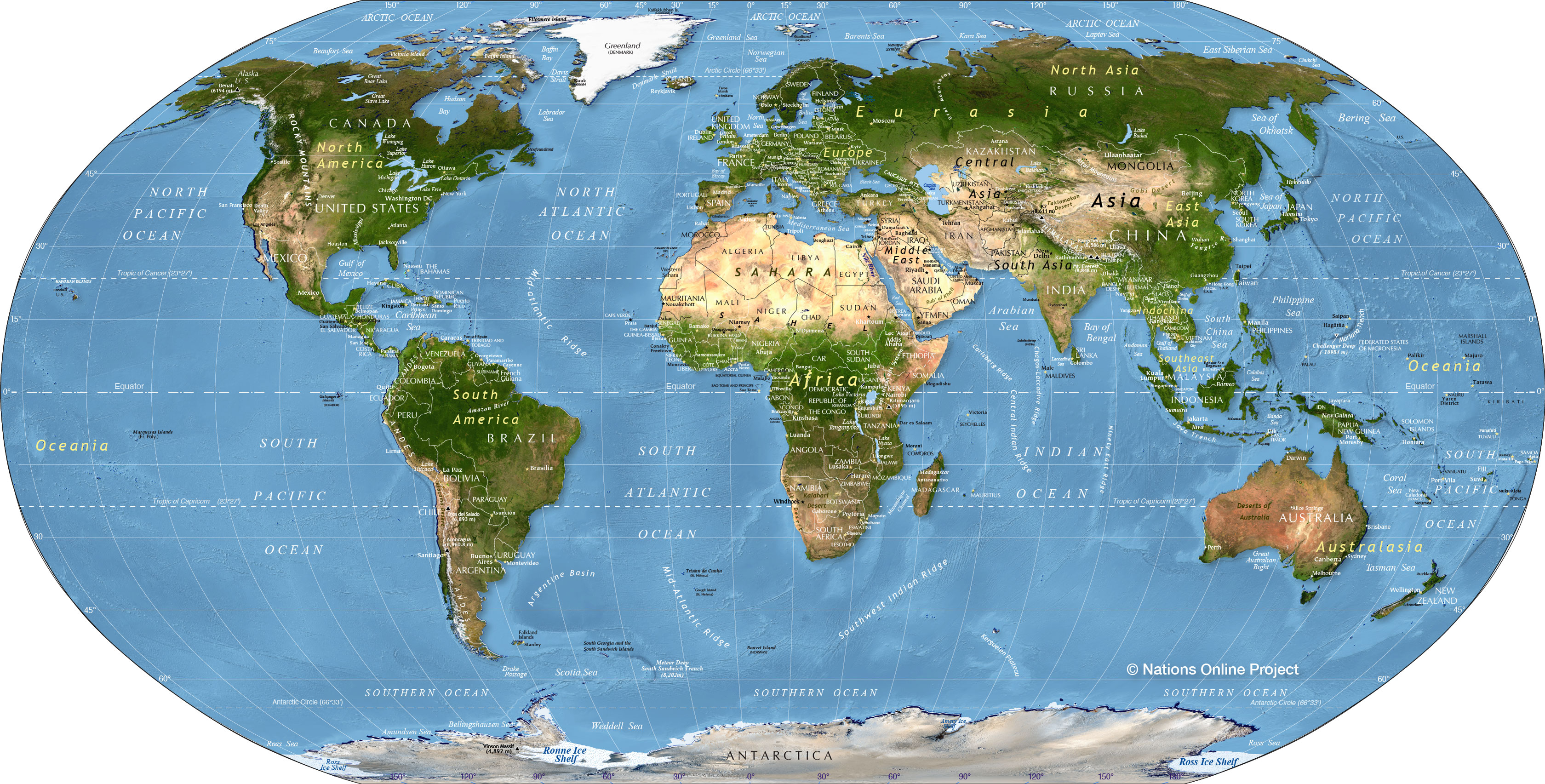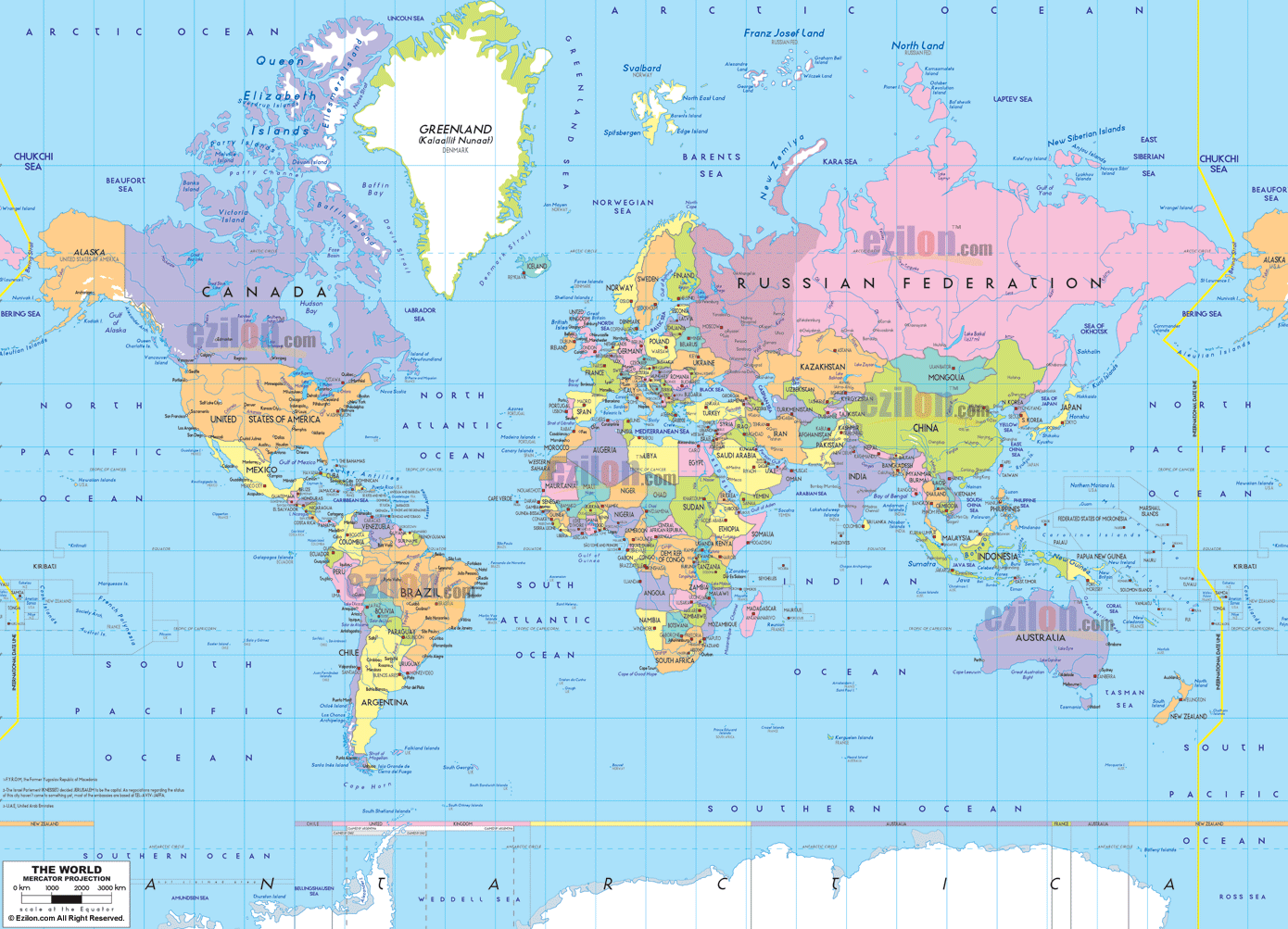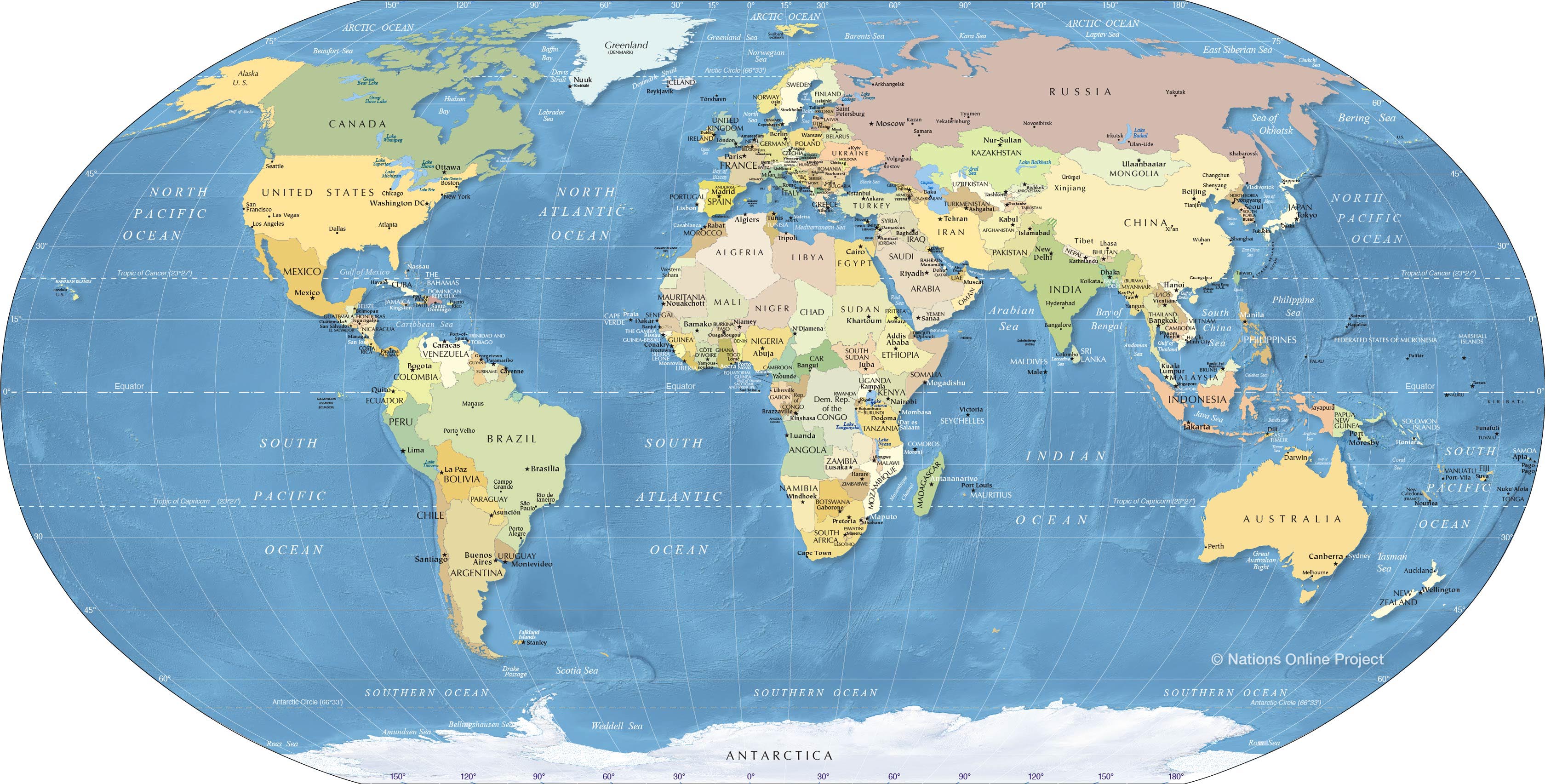
The Living Map: Akimel O’odham Lands in Arizona – A Tapestry of History and Identity
A map is rarely just lines on paper. For the Akimel O’odham, the "River People" of Arizona, their ancestral lands represent a profound, living narrative – a story etched in the desert landscape, sculpted by the life-giving rivers, and preserved in the heart of a resilient people. To understand the map of Akimel O’odham (commonly known as Pima) lands is to embark on a journey through millennia of sophisticated civilization, a tumultuous history of dispossession, and an enduring testament to cultural identity and self-determination. This article delves into the historical and cultural significance of these lands, offering insights crucial for any traveler or student of history seeking to connect deeply with Arizona’s indigenous heritage.
The Ancestral Blueprint: A Landscape Forged by Water
Long before Arizona was a state, or even a concept, the Akimel O’odham thrived in the Sonoran Desert, primarily along the Gila and Salt Rivers. Their ancestral territory spanned vast stretches of what is now central and southern Arizona, a domain that dwarfs the current reservation boundaries. This was not a barren wasteland, but a vibrant homeland, meticulously managed and deeply understood.

Archaeological evidence, particularly the monumental canal systems of the Hohokam culture (ancestors of the Akimel O’odham), speaks to a highly advanced society that flourished for over a thousand years, from approximately 300 CE to 1450 CE. These ancient engineers constructed hundreds of miles of irrigation canals, some up to 70 feet wide and 10 feet deep, diverting river water to cultivate extensive fields of corn, beans, squash, cotton, and other crops. This agricultural prowess transformed the arid desert into a verdant breadbasket, supporting a dense population and sophisticated social structures. The Hohokam, and by extension their Akimel O’odham descendants, understood the delicate balance of the desert ecosystem and lived in profound harmony with their environment, a connection that remains central to their identity today. The map of their ancestral lands would have been defined not by artificial borders, but by the flow of water, the distribution of fertile soils, and the pathways connecting numerous villages and trading partners.
The Shifting Sands of Conquest: Spanish, Mexican, and American Encounters
The arrival of Europeans marked a dramatic turning point. In the late 17th century, Spanish missionaries, most notably Father Eusebio Francisco Kino, made contact with the O’odham people. While the Spanish established missions and introduced new crops and livestock, their direct political control over the Akimel O’odham remained relatively light compared to other indigenous groups. However, the indirect impacts were profound: new diseases decimated populations, and the O’odham were drawn into regional conflicts with Apache groups, often serving as allies to the Spanish.
When Mexico gained independence from Spain in 1821, the Akimel O’odham found themselves under a new, distant government. The Mexican period saw increasing incursions by American trappers and traders, but the O’odham largely maintained their traditional way of life, continuing their agricultural practices and defending their territory.

The most significant and devastating shift occurred with the Gadsden Purchase of 1853, which transferred the Akimel O’odham heartland from Mexico to the United States. This act, unbeknownst and unconsented to by the O’odham, set the stage for a rapid and irreversible transformation of their world. The subsequent California Gold Rush and the American Civil War brought waves of Anglo-American settlers, prospectors, and soldiers through Akimel O’odham territory. The fertile river valleys, once the exclusive domain of the O’odham, became coveted by these newcomers.
The Era of Dispossession: Water, Land, and Survival
The true tragedy for the Akimel O’odham began with the systematic diversion of their lifeblood: the Gila River. As Anglo-American settlements expanded upstream, particularly around Florence and Phoenix, large-scale irrigation projects were initiated to support new farms. These diversions drastically reduced the flow of water downstream to the Akimel O’odham communities. By the late 19th century, the Gila River, which had sustained their civilization for centuries, often ran dry before reaching their fields.
The impact was catastrophic. A people whose identity was inextricably linked to their agricultural prowess and the flowing river found themselves facing famine. Their complex irrigation systems, once marvels of engineering, became useless. The once-thriving villages struggled to survive, and many O’odham were forced to seek wage labor off their lands or rely on government rations.

In response to this crisis, and as part of the broader American Indian policy of the era, the U.S. government began establishing reservations. The Gila River Indian Community (GRIC) was formally established in 1859, and the Salt River Pima-Maricopa Indian Community (SRPMIC) in 1879. While intended to provide a land base, these reservations were a fraction of their ancestral territory and, crucially, were established after the upstream diversions had begun, effectively cementing their water poverty.
Further compounding the loss was the Dawes Act (General Allotment Act) of 1887, which sought to break up communal tribal lands into individual allotments. This policy, designed to assimilate Native Americans into American society by turning them into individual farmers, often resulted in further land loss as "surplus" lands were sold off to non-Natives, and individual allotments were lost through various means. The map of Akimel O’odham lands became fragmented, bordered by a checkerboard of non-Native ownership, further isolating communities and eroding traditional land-use patterns.
Resilience and Reclamation: The Fight for Water and Sovereignty
Despite these immense challenges, the Akimel O’odham did not surrender their identity or their connection to the land. Their history became one of fierce resilience and a determined fight for justice, particularly for the water rights that had been stolen from them.
The struggle for water rights became a multi-generational battle fought in federal courts and through political advocacy. Landmark legal decisions, such as the Winters v. United States case (1908), established the principle of "reserved water rights" for Native American reservations, affirming that when reservations were created, they implicitly reserved enough water to make the land viable. However, enforcing these rights against powerful non-Native interests proved incredibly difficult and protracted.
It wasn’t until the late 20th and early 21st centuries that significant victories began to materialize. The Akimel O’odham communities, particularly GRIC and SRPMIC, played crucial roles in the Central Arizona Project (CAP), a massive federal undertaking to bring Colorado River water to central Arizona. Through complex negotiations and litigation, both communities secured substantial allocations of CAP water, as well as settlements for past water damages. This access to water, though fundamentally different from their ancestral reliance on the Gila and Salt Rivers, has allowed the communities to revitalize agriculture, invest in infrastructure, and pursue economic development.

Today, the maps of the Gila River Indian Community and the Salt River Pima-Maricopa Indian Community reflect sovereign nations within the United States. They operate their own governments, police forces, schools, and cultural programs. Economically, they have diversified, leveraging their strategic locations near the booming Phoenix metropolitan area. Casinos, industrial parks, and modern agricultural enterprises now contribute to their self-sufficiency, allowing them to invest in their people and preserve their heritage.
Identity Forged in Adversity: Cultural Continuities
The Akimel O’odham identity is inextricably linked to their history, their language (O’odham ñeʼok), and their profound connection to the Sonoran Desert. Despite centuries of assimilation pressures, the O’odham language continues to be spoken, taught, and celebrated. Traditional arts, such as intricate basket weaving, pottery, and jewelry making, continue to thrive, serving as tangible links to their ancestors and a means of cultural expression.
Their spiritual beliefs emphasize a deep respect for the natural world and a recognition of their place within it. Traditional ceremonies and social structures, though adapted, continue to reinforce community bonds and cultural values. The stories, songs, and oral histories passed down through generations are vital conduits of identity, ensuring that the younger generations understand their roots and the struggles their ancestors endured.
The map, therefore, is not merely a geographic representation; it is a cultural map. It tells the story of the himdag (way of life) – a way of life that persevered through the Spanish missions, Mexican rule, American expansion, and the fight for water. It speaks to the enduring spirit of a people who, despite having their rivers diverted and their lands reduced, never lost their identity as the "River People."
Visiting and Learning: Respectful Engagement
For the traveler or history enthusiast, understanding the map of Akimel O’odham lands means understanding the living history embedded within it. When visiting Arizona, especially the areas around Phoenix, one is always on or near ancestral Akimel O’odham territory.
To engage respectfully and learn more:
- Support Tribal Enterprises: Visit tribal cultural centers, museums, and businesses on the Gila River and Salt River reservations. This directly supports the communities and provides authentic learning experiences.
- Educate Yourself: Research the history, current events, and cultural nuances of the Akimel O’odham. Understand the significance of water rights and sovereignty.
- Respect Sovereignty: Remember that reservations are sovereign nations. Abide by their laws and customs, just as you would in any other country.
- Acknowledge the Past: Recognize the historical injustices and the profound impact of colonization. This acknowledgment is a crucial step towards respectful engagement.
- Look Beyond the Surface: The modern landscape of casinos and industrial parks on reservations might seem far removed from ancient traditions, but these are often strategic tools for self-determination, allowing communities to fund cultural preservation and improve the well-being of their people.
Conclusion: A Map of Enduring Spirit
The map of Akimel O’odham lands in Arizona is a powerful document. It traces the arc of human ingenuity from the ancient Hohokam canals to modern agricultural and economic development. It bears the scars of invasion, dispossession, and the devastating loss of vital resources. But, most importantly, it illustrates the extraordinary resilience, adaptability, and unwavering spirit of the Akimel O’odham people.
This map is not static; it is a dynamic representation of an ongoing journey. It is a reminder that indigenous history is not confined to the past but continues to shape the present and future. By understanding this living map, we gain a deeper appreciation for the complex tapestry of Arizona’s heritage and the enduring identity of the Akimel O’odham, the steadfast "River People" who have always called this desert home.


